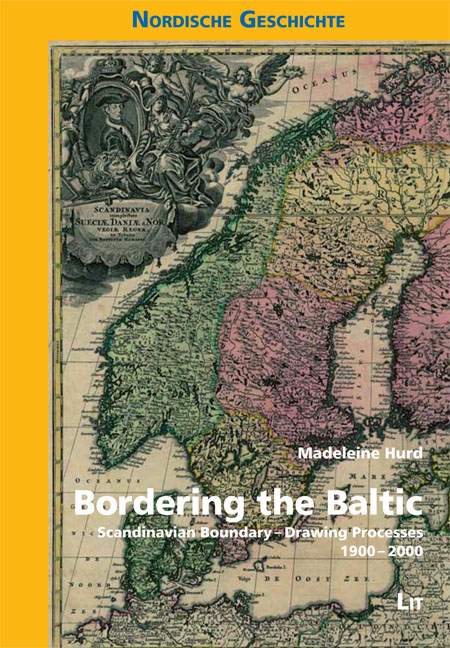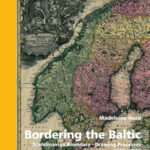Beschreibung
In this book, scholars from different disciplines use case-studies drawn from Sweden, Norway, Finland and Denmark to analyse the last century’s construction of, engagement with, and challenges to both “hard” and “soft”
Scandinavian boundaries. The authors provide historical examples of how national borders have been contested by Scandinavian states caught
between powerful Continental neighbours; these attempts to firm up
boundaries can be contrasted to the denationalisation of borders caused
both by the globalisation of communications and markets and by political
efforts to submerge national boundaries in a common Baltic identity.
A second set of studies focuses on boundaries defining Scandinavian
minorities. Here, the authors analyse the spaces, rituals, bodies,
gender roles and collective-identity discourses implicit in majority-minority boundaries – and their transgression. Throughout, Scandinavian bordering processes are studied in terms of the groups that launch them, the methods by which they are propagated, and, finally, the meanings supposedly, and actually,
invested in them. The book’s two general introductions make it accessible to those as yet unfamiliar with Scandinavian history, while its interdisciplinary,
thematic approach should provide area specialists with new insights and perspectives.


